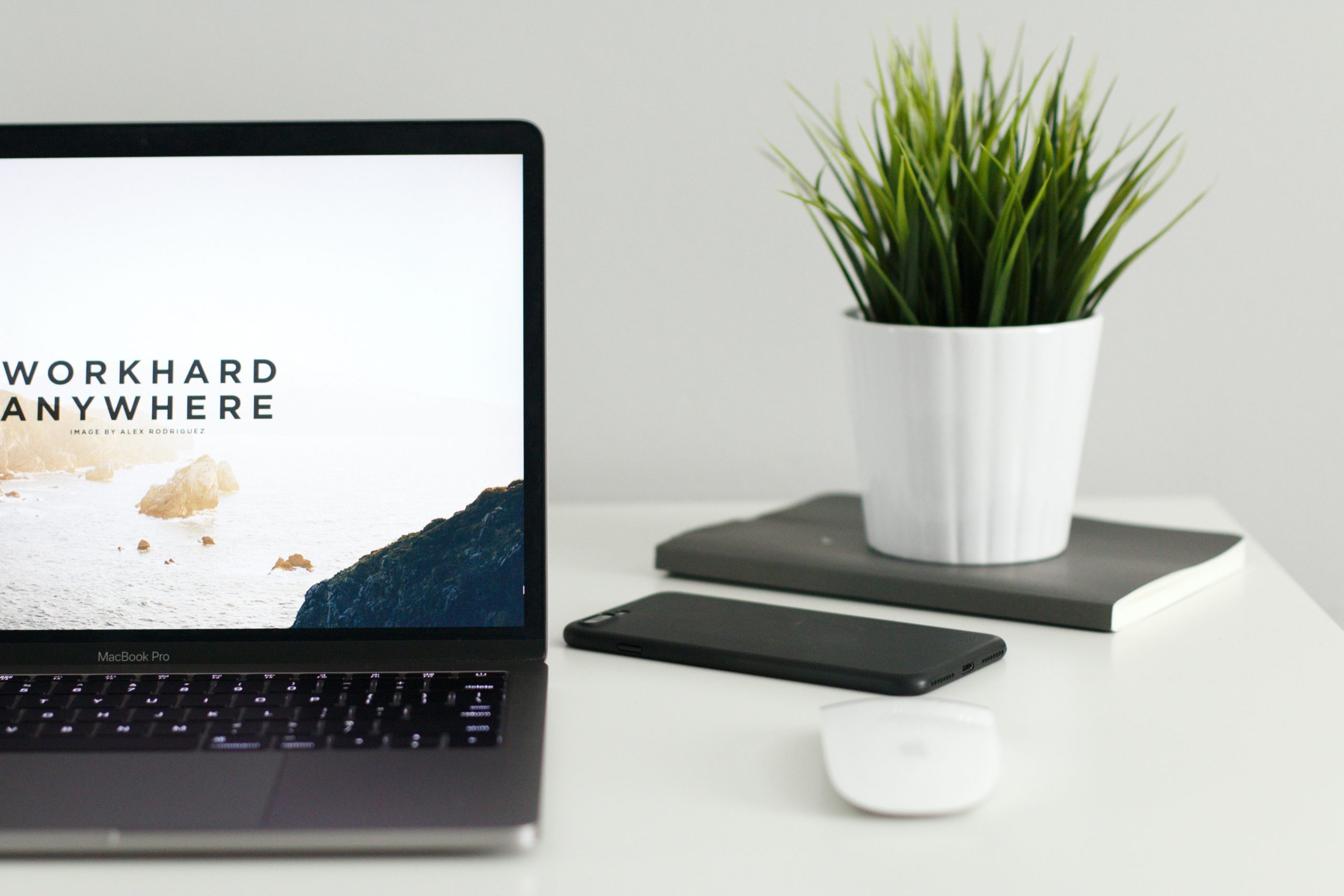The workplace is an ever-evolving idea that continues to be redefined. Its traditional perception as a place where employees commit long hours and of immense stress continues to dwindle.

Photo by Kevin Bhagat / UnSplash
With technology, society is more interconnected than ever. The ‘new normal’ brought by the recent pandemic introduced the ideas of remote work and flexible schedules. This further blurs the boundaries between professional and personal lives.
Mental Health and Well-being Challenges
The World Economic Forum Global Risk Report (2023) highlighted concerns about how work amidst the lockdowns posed risks to our health, particularly noting mental health deterioration.
A study across 15 countries by the McKinsey Health Institute reported that 60% of the employees surveyed experienced mental health and well-being challenges. Many of these were due to toxic workplace behaviours.
Though the digital age offers incredible potential, post-pandemic companies have failed to adopt better workplace well-being for all. An unhappy workplace will encounter many challenges. This includes stagnant creativity, productivity and job dissatisfaction even with our technological advancement.
The International Labour Organisation shared that workplace well-being includes the physical working environment and work culture. ILO also stressed that these should be complemented with Occupational Safety and Health measures to ensure employees are safe, healthy, satisfied, and engaged at work.
With this in mind, employees are gradually losing interest in the idea of fancy offices or a handsome salary. Instead, employers are expected to manage workplace well-being include mental, emotional and social aspects.
Rather, workforce well-being should be a moral imperative and made as a competitive advantage. What was previously envisioned as an aspiration now is an essential corporate sustainability.
The World Health Organization (WHO) has also urged prioritizing mental health and well-being globally. This includes the need for employers to play a critical role in improving employee mental health and well-being.
Systematic solutions and organizational-wide interventions by employers that focus on prevention may help reduce symptoms of distress, burnout, and related health issues. Ultimately, organisations that invest in employee well-being may experience long-term cost savings on healthcare and insurance premiums.
As a result, the notion of ‘work-life balance’ will ensue.
Work-Life Balance
The future workplace should focus on work-life integration. This is where employees are supported to manage their professional lives without impacting their personal well-being. Often this comes with respecting that employees have additional responsibilities and aspirations beyond work.
Looking ahead, the future of work needs to nurture holistic employee well-being. This physical, emotional, financial, social, career, community, and purpose in order to cater to a growing workplace flexibility culture.
The pandemic has, at the very least, necessitated a shift of focus to supporting employees’ personal and work lives. Advancements in communication technology and digital tools enable employees to work from anywhere, providing flexibility and improving work-life balance.
As inherently social creatures, human beings long for meaningful connections and a sense of belonging. Organizations need to understand that these can occur beyond the conventional office. A sense of community is that employees will carry with them rather than wear, akin to a corporate tag when reporting for duty.
9-to-5 vs Flexible Work Arrangements
In a competitive job market, organizations that provide flexible work arrangements are more likely to attract and retain high-performing employees. The current and upcoming generation of job seekers increasingly value work environments that support their well-being.
It is foreseeable that the pandemic’s adoption of remote work will likely continue into the future, with hybrid work models becoming more prevalent.
The traditional 9-to-5 work schedule has become less attractive as employees seek greater work-life integration. Employers offering flexible work hours and arrangements will likely gain traction, allowing their workforce to prioritize their well-being and mental health.
Prioritizing the well-being of human capital in the future of work can have several positive implications for individual employees, organisations, society, and, eventually, the country’s economy as a whole.
At the end of the day, such a workplace can only be achieved collectively. Policies and practices prioritizing work-life integration and well-being must be collaboratively adopted. When society as a whole acknowledges these challenges, only then can we implement changes that allow employees to feel supported.
The future workplace can become a reality that companies adopt not as a vision but as an imperative. Workplaces that prioritize employee well-being not only achieve sustainable performance and success but are also able to attract and retain invaluable talent.
There may still be some way to go in this journey, but striving for a happy workplace only makes it worthwhile.
The opinions expressed in this article are the author’s own and do not reflect the view of Swinburne University of Technology Sarawak Campus. Dr Agnes Lim, Mr Kevin Tan and Ms Su Sueh Ing are with the Faculty of Business, Design and Arts. They are contactable at aslim@swinburne.edu.my, ktan@swinburne.edu.my and ssu@swinburne.edu.my .

